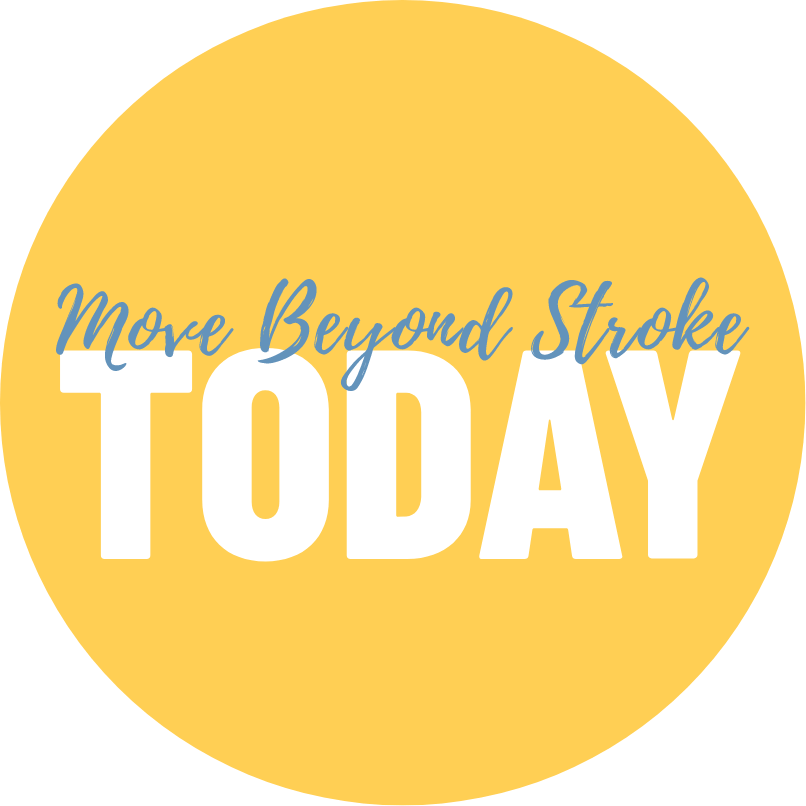

Moving Beyond Stroke is for patients and carers of those living with muscle stiffness, also known as muscle spasticity, following a stroke. We’re here to help you learn more about the condition.
Spasticity is the medical term used to describe a condition when muscles tighten for long periods of time and then go into spasm. It can also be referred to as increased muscle tone or stiffness.
Stroke is one of a range of conditions that can cause muscle spasticity. Some others include multiple sclerosis, and head or spinal cord injury.
When people develop muscle stiffness after a stroke, it can be referred to as post-stroke spasticity (PSS).
How your muscles feel and move is controlled by signals from the brain. If the part of your brain that sends these signals is damaged by a stroke, then the muscle may become over active. High activity in your muscles can make them feel stiff and tight and they may not work like you want them to.

Muscle stiffness after a stroke (post-stroke spasticity) is estimated to occur in up to 43% of stroke patients.1 It can affect joints or limbs, including ankles, knees, hips, elbows, shoulders and wrists. Over time this can impact movement and change a person’s ability to walk, sit in a chair, turn over in bed or carry out their care needs, which can impact their quality of life.
Muscle stiffness (post-stroke spasticity) can occur within a week of a stroke, or it can sometimes take longer than a year for the symptoms to start to develop, which is why it is important to be aware of the signs to look out for.
If you, or the person you care for, are unsure about how muscle stiffness following a stroke might impact movement, speak to a doctor or member of your healthcare team for guidance.
Muscle stiffness may make it harder for you to move around, or do certain things, such as washing and putting on clothes. Look out for these signs:
This video includes the personal experience of a single patient and may not be representative of all people with post-stroke spasticity.
This video includes the personal experience of a single patient and may not be representative of all people with post-stroke spasticity.
Reference: 1. Francisco, G. E., & McGuire, J. R. (2012). Poststroke spasticity management. Stroke, 43(11), 3132-3136.

The good news is that spasticity can be managed. It is important for patients, carers, and their loved ones to be aware of the signs and symptoms to look out for.
This is because early diagnosis, intervention, management, and support can help prevent long-term complications and can make living with muscle stiffness (post-stroke spasticity) more manageable.
Unmanaged spasticity can lead to the joints becoming shortened (contracture). Over time it is not just the muscles that tighten, it is also the tendons and ligaments around the joint. If contracture develops surgery may be considered.
After a stroke, you may require care from a range of healthcare professionals inside and outside the hospital rehabilitation centre, depending on your rehabilitation needs.
Rehabilitation doctors, physiotherapists and occupational therapists typically support people with muscle spasticity. Physiotherapists and occupational therapists may recommend physical therapy or exercises to stretch affected joints, keep you moving and prevent other problems like pain. A rehabilitation doctor who specialises in spasticity care may prescribe medicines to relax the muscles or reduce stiffness. A referral is usually required to see this specialist doctor.
A broader healthcare team may alsoto support you on your stroke recovery including:

Backto thetop